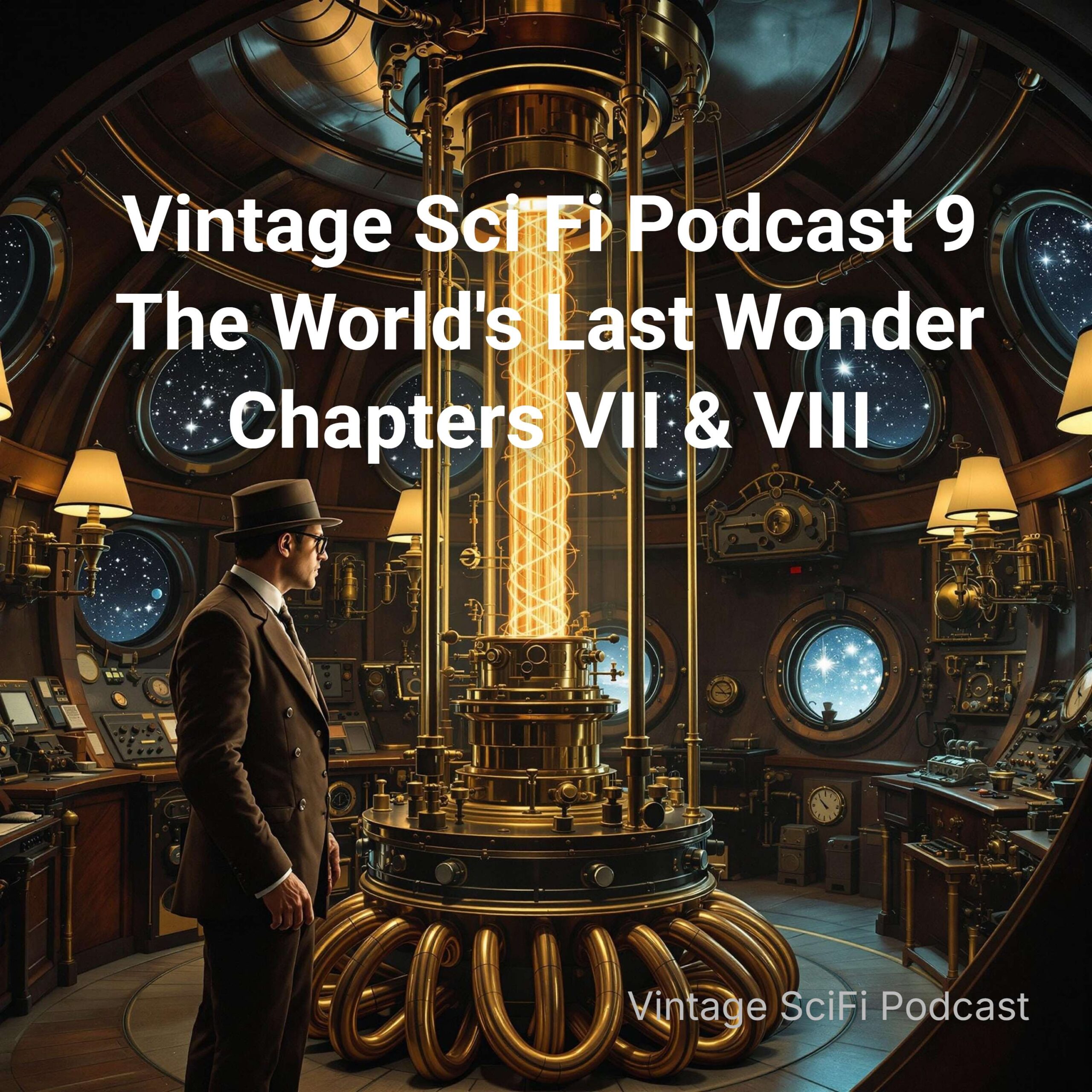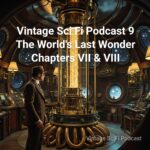Vintage Sci Fi Podcast 9 The World’s Last Wonder VII & VIII


Welcome to Vintage Sci Fi Podcast 9!
The World’s Last Wonder was first published in The Tocsin newspaper in Melbourne in 1901, which makes it Australia’s first space opera, though the plot style at the time was known as ‘planetary fiction.’ As many stories that came out soon after look, feel and read like the science fiction we love today, I feel this story helped open the gates to more of what we like, and that it represents the beginning of modern science fiction in Australia.
Modern science fiction most likely began when we started to commonly use the made up word ‘scientist’ to describe a character that represents everything we think a scientist should be and, more often than not, drove the narrative. The word scientist first appeared in what I’ve termed the ‘Invention Opera’ period, when the world was experiencing the Invention Rush era that, in Australia at least, took over from the Gold Rush era.
The World’s Last Wonder features space flight, scientific explanations, inhabitants of another world, futuristic inventions and plausible space drama, as well as scientists that, while not initially driving the narrative, appear in the middle, and add their own inventions to the existing plethora.
Research has so far determined that The World’s Last Wonder is also the first Australian science fiction story to use the word ‘scientist,’ signifying that our invention opera era ended in 1900.
This issue features nail-biting drama as the crew of The Pioneer connect with the crew of The Annexator in their space cars on the way to Mars. Another first, this story features the first appearance of an airlock in an Australian space opera.
But, I won’t give any more details away. Enjoy!
